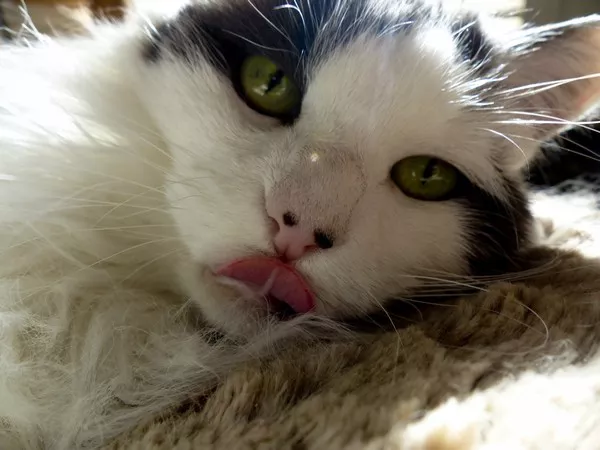A study released Thursday by the US Centers for Disease Control and Prevention (CDC) suggests that people can transmit bird flu to their domestic cats, with potentially fatal consequences. The findings, published in the CDC’s Morbidity and Mortality Weekly Report, stem from two case studies in Michigan in May 2024, heightening concerns that the virus could mutate and lead to a human pandemic.
The report also reveals that cats can become infected through pet food contaminated with the virus and that the disease can spread between large cat species in shelters. Both case studies involved pet owners working at or near dairy cattle farms that were affected by bird flu, and both resulted in the death of the infected felines.
In the first case, a five-year-old indoor female cat quickly developed a loss of appetite, poor grooming habits, disorientation, lethargy, and neurological symptoms. Her condition rapidly deteriorated, and she was rushed to the Michigan State University (MSU) Veterinary Medical Center. Despite emergency treatment, her condition worsened, and she was euthanized within four days. Postmortem tests confirmed that she had contracted bird flu. Two other cats lived in the same household, with one showing mild symptoms that were initially attributed to allergies. The owners ceased communication with public health officials. The farm worker in the household declined testing, while an adult and two adolescents tested negative for bird flu.
Days later, a second case involved a six-month-old male Maine Coon, which showed symptoms such as anorexia, lethargy, facial swelling, and limited movement. The cat died within 24 hours of being brought to the veterinary center. The Maine Coon lived with another feline that remained unaffected. The owner of the sick cat frequently transported unpasteurized milk from various Michigan farms, including those confirmed to have infected cattle. The owner reported handling raw milk without protective gear, often getting splashed in the face and on clothing, and failed to change work clothes before entering the home. The sick cat had frequently rolled in the owner’s contaminated clothes, while the unaffected cat did not. The owner also reported eye irritation before the cat fell ill but declined testing for bird flu.
In response to these cases, the CDC recommends that farm workers consider removing clothing and footwear and rinsing off any animal byproduct residue before entering households to reduce the risk of transmission. Since the US outbreak began in 2024, 69 human cases of bird flu have been officially reported, though the true number may be much higher due to limited testing among farm workers. One person has died.
Experts warn that as the virus continues to circulate widely among mammals and birds, it could eventually combine with seasonal influenza, potentially mutating into a strain capable of efficient human-to-human transmission. Newly confirmed US Health Secretary Robert F. Kennedy Jr. has expressed a desire to shift focus away from infectious disease research, questioning whether germs actually cause illness and opposing vaccine use—despite their role in controlling bird flu. He has also promoted the consumption of raw milk, a known vector for bird flu, raising further concerns about transmission risks.
Related Topics
























